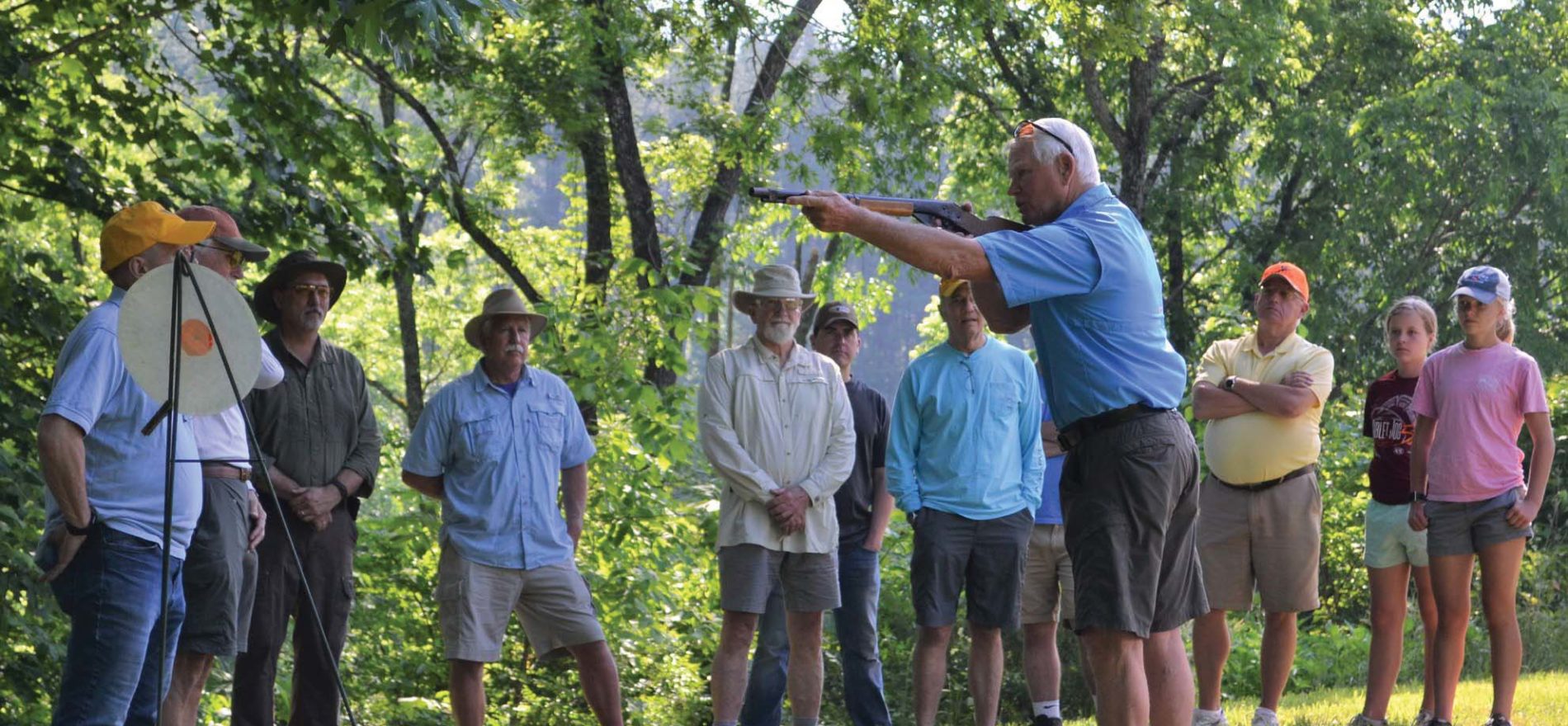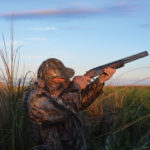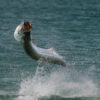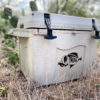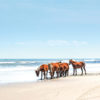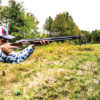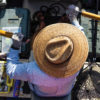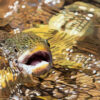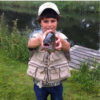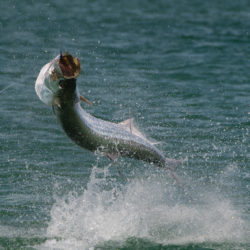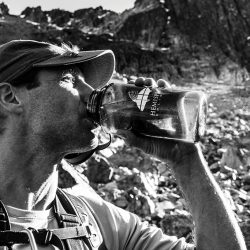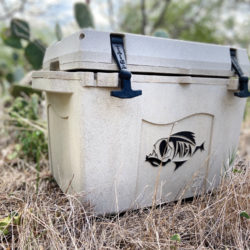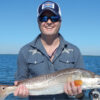Richmond’s James River Ruffed Grouse Society needed a place for a shooting class.
Cover photo by Darin Strickland
They had just lured instinct-shooting instructor James Rutland from Georgia for two days of classes. Our shooting preserve, Little George Rod and Gun, was more than happy to meet the society’s needs by offering our skeet-shooting platform, farmhouse kitchen and a small field for shooting—BB guns? I was having a little trouble wrapping my brain around the BB-gun request. I just couldn’t see well-traveled grouse hunters putting down their shotguns for a half-day of instructional plinking.
Rutland arrived early to lay out his range: a dozen paper plates on tripods with spray-painted circles and marked centers, buckets of brightly colored balls on the ground and tin targets shaped like game birds in the background. Sure enough, he had Red Ryder BB guns—with rear and front sights removed.
The instructor’s premise for instinct shooting is simple. We all have an innate ability to point dead-on with our index finger. With the sights removed, your gun becomes an extension of your index finger. In his method, the idea is you’ll soon be able to shoot quarters from the sky with a BB gun before moving to the skeet range.
Little George Rod and Gun’s owner Cassel Adamson and I weren’t planning on plinking; we were supposed to sow seeds for our Annual Dove Club season.
“You boys are going to shoot, right?” Rutland insisted, “No” was not a suitable answer. So, we compromised by staying for his introduction and agreeing to meet back with him at the end of the day.
The Saturday class was full of mostly Virginia-based grouse hunters. One attendee, a Drug Enforcement Agency (DEA) agent had heard of Rutland’s techniques through his military and law enforcement classes.
Rutland began his class with the origins of instinct shooting and background information on his mentor, shooting instructor Bobby “Lucky” McDaniels. Before teaching others how to shoot, McDaniels had been a tobacco salesman who needed to get his product in the doors of general stores. His pitch: throw a penny in the air. If he hit the penny with a .22 rifle, the proprietor would pay for the order. If he missed, McDaniels would give the order for free.
Rutland assisted McDaniels for years and became the only endorsed instructor using his method of instinct shooting. Later, the method was incorporated for self-defense, law enforcement and military classes.
A review of the course validates the effectiveness of the methodology: “This training taught soldiers how to be comfortable with the concept of trusting themselves and focusing on the target to effectively engage it. This was evident as soldiers were able to effectively engage a moving aerial target with BB and shotgun rounds,” according to a U.S. Army report.
The Army recommended to “…sustain and increase this training. Our Warfighters will definitely benefit from it.”
Rutland covered the mechanics of instinct shooting with the class. Always with a Red Ryder in hand, he’d swing into the target field, seamlessly hitting his objective. Then he’d toss a quarter into the air and shoot it.
The dove fields needed seeding, so Adamson and I broke away. Later, we heard in the distance the sounds of shotgun blasts; the class had switched guns. The group was leaving when I returned. I asked Chip Hidinger, the event’s coordinator and attendee, if he had shot his quarter. He smiled with a proud father’s grin and showed me an iPhone picture of his 15-year-old daughter with Rutland, holding a quarter.
“Erica got it twice,” Hidinger said. Everyone in the group took a quarter from the sky.
The day had become really hot. Adamson and I were ready to give Rutland a pass on our after-hours lesson, but he approached us with the same energy he had at the beginning of the day. In an abridged lesson, Rutland started by throwing a three-inch metal disk for us to shoot, then a two-inch steel washer stuffed with tissue paper. When shot in the center, the tissue separated and parachuted to the ground. Finally, we moved on to quarters and a pair fell for both of us. Still, Rutland wasn’t done.
“We’re now going to shoot BBs out of the sky,” Rutland instructed as he threw a BB in the air and quietly corrected my mount with every toss. Apparently, the velocity of a fired BB is slow enough to follow with your eyes.
“A poor man’s tracer,” Rutland called it. “You’re close, aim at the top of the BB.”
BBs hitting other BBs in mid-air don’t really make a sound, but Rutland’s jubilation on made the hits more than memorable.
Adamson and I took our newfound confidence over to the skeet platform; Adamson rarely missed. Rutland encouraged me to slow my mount down; this is a bad habit I must have picked up in the woodcock thicket.
“You’re getting out on it too fast. Trust yourself, that bird can’t outrun you.” Leaving the skeet platform Rutland said, “You boys can hit just about anything.”
His positive attitude was contagious. I left wishing I had him over my shoulder for my next ruffed grouse flush.
Adamson walked away to call his wife Tucker, saying, “Why don’t you come out tomorrow with the girls? This guy is the real deal.”
The next day, his wife and the two oldest Adamson children joined a new line of plinking grouse hunters. Once on the skeet-shooting platform, 13-year-old Annie was shooting as well as any grouse hunter or Army Ranger who had gone through Rutland’s class.
Hidinger called me later in the week, but I couldn’t talk. I was in line buying a pair of Red Ryders. He laughed and texted me Rutland’s instructions for removing the sights. I suspect I was not the only Virginia grouse hunter who made a Red Ryder purchase that week.
Darin Strickland is a contributor to The Virginia Sportsman. He is the hunting operations manager of Little George Rod and Gun, a debuting shooting preserve in Buckingham Counting, Virginia. He is also a Richmond-based bird dog trainer with an annual Bird Dog Training Camp in North Dakota.

